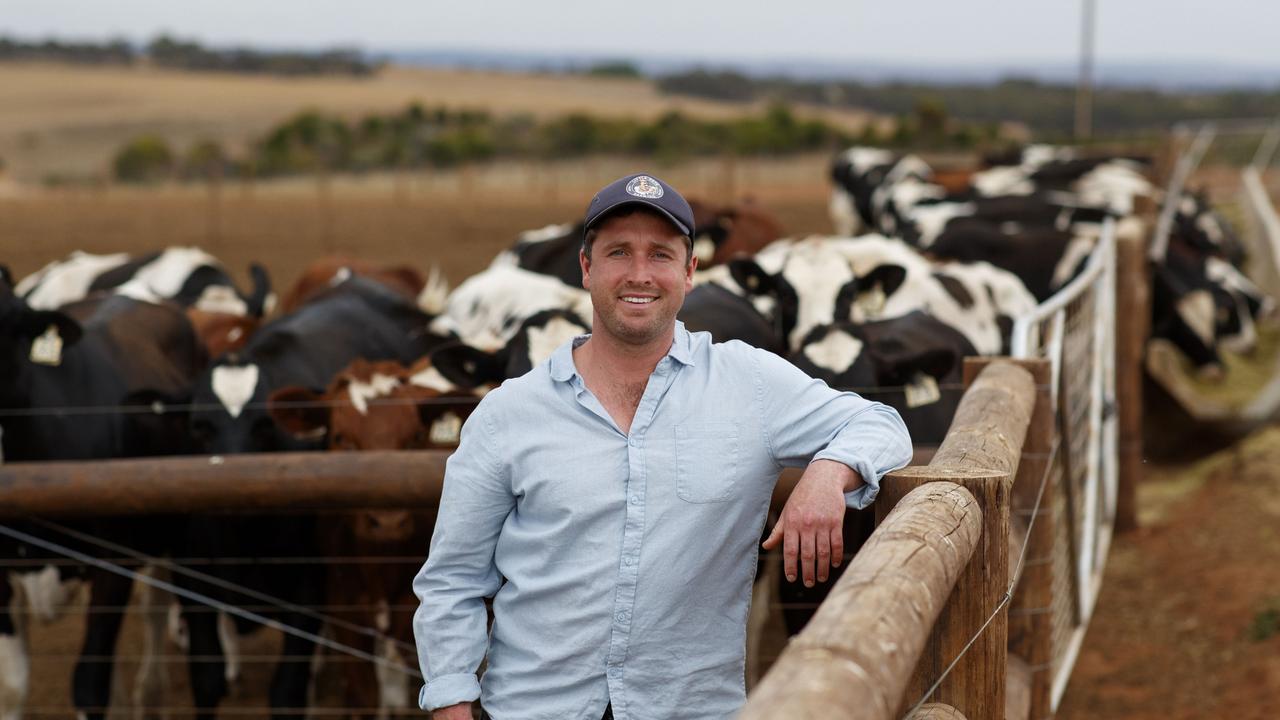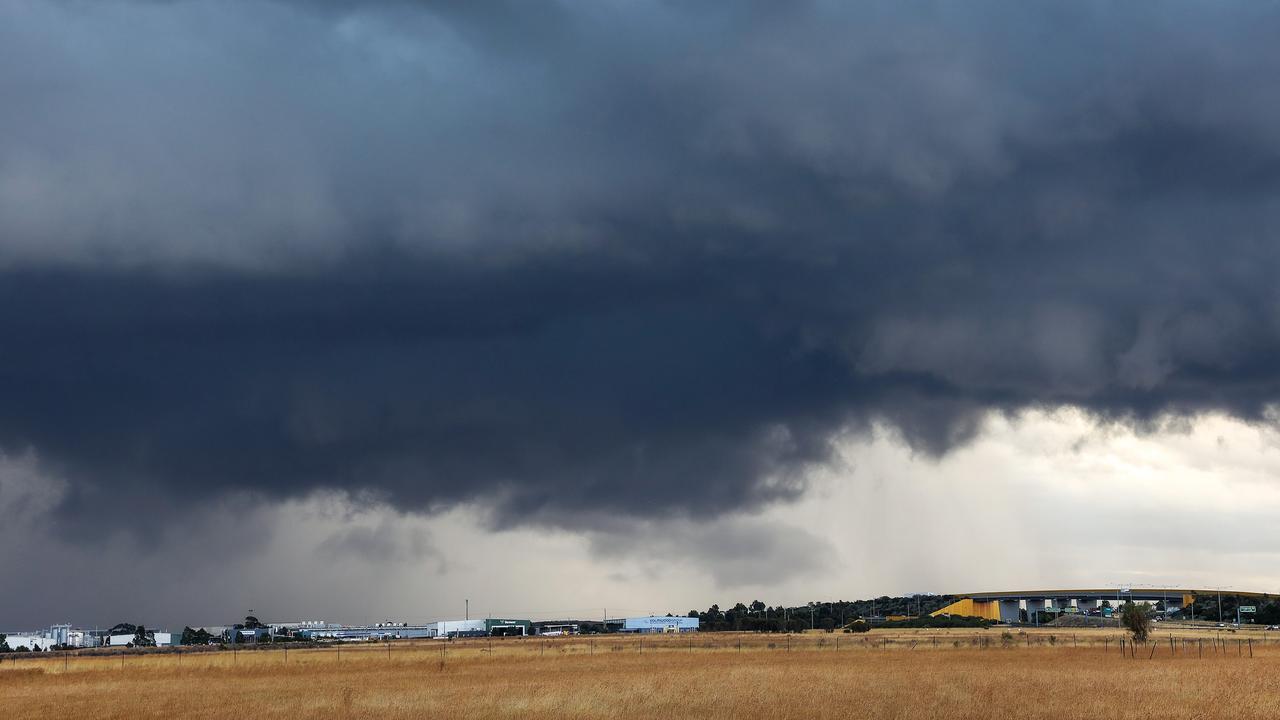Bushfire risk hits 92 per cent: Worse than in leadup to Black Saturday
Bushfire risk at St Andrews, Christmas Hills, the Dandenongs and Mornington Peninsula is now worse than in the leadup to Black Saturday.

The bushfire risk in Melbourne’s foothills, the Dandenongs and Mornington Peninsula has reached 92 per cent, worse than in the leadup to the 2009 Black Saturday fires.
The Victorian Government has repeatedly failed to undertake enough fuel reduction burns to meet its own risk reduction target of 85 per cent in its vast metropolitan Melbourne district, the same level as it was in the leadup to Black Saturday.
Victoria’s bushfire risk management report 2023-2024, which the government quietly released on December 17, shows the buildup of fuel loads in forests surrounding Whittlesea, St Andrews, Christmas Hills, Mount Dandenong and the Mornington Peninsula have now raised the residual risk to 92 per cent.

A 100 per cent residual risk assumes the most extreme loss of property from a fire, where the build-up of fuel loads has reached its maximum, due to no planned burning or major fires.
The late professor Kevin Tolhurst, who along with his colleague Derek Chong developed the Phoenix Rapid Fire computer model used to calculate residual risk, repeatedly warned that even setting the risk level at 85 per cent was equivalent to “accepting the same level of losses as Black Saturday, when 2007 homes were destroyed and 173 Victorians died”.

Howitt Society member John Cameron said “much of Victoria’s forest carries 20 to 40 tonnes per hectare of dead leaves, twigs and bark, with the ability to burn as intensely as 7000 to 14,000 litres a hectare of petrol”.
“Forest fuel is even more dangerous because burning bark shards create spot fires well ahead of the fire front,” Mr Cameron said.
The government’s Forest Fire Management Victoria crews have also struggled to keep fuel loads down in the Grampians’ Midlands district, where the risk target was set at 70 per cent, but has now reached 77 per cent in the Wombat, Lerderderg and Creswick forests.


FFMVic crews have been frustrated by bureaucratic delays and even legal challenges from environment groups trying to stop them conducting fuel reduction burns and building fire breaks.
Seventeen former native timber harvest and haulage crews, who entered into Victorian Government contracts on July 1 last year to undertake forest and fire management works, were left sitting idle until November due to delays in departmental planning and survey work.
Mr Cameron said FFMVic also had “too many suits and not enough boots” on the ground when it came to meeting its on-ground targets”.
The latest risk management report states FFMVic spent just $36.6m of its $161.5m fuel management budget on building fire breaks, fuel reduction burns and clearing in 2023-24.
The bulk of the funds, $124.9m were spent on indirect fuel management costs relating to business and resource management, strategic planning, equipment, infrastructure and what it called “capability”.
FFMVic also spent more than $1.5 million fighting federal court cases brought by the Warburton Environment Group, which has demanded a halt to clearing hollow-bearing trees along fuel breaks and the Save Our Strathbogie Forest group that tried to stop prescribed burns.
FFMVic plans to construct 500kms of fire breaks annually over the next five years, but must await the outcome of the Warburton Environment Group‘s case before it can build any in Victoria’s Central Highlands.
In the Midlands FFMVic and the now defunct VicForests agency have also struggled to clear thousands of tonnes of trees left lying on the forest floor from the storms of June 2021, due to bureaucratic hurdles and Supreme Court legal action by the Wombat Forestcare group.

The latest management report warns the “bushfire risk in Midlands District has been increasing due to the limited opportunities to carry out planned burning in the Wombat State Forest area due to weather patterns (consisting of long wet periods and a quick transition to dry weather) and the impacts of the 2021 windstorms.
“Risk will continue to increase if current limitations on planned burning in the area persist.”
FFMVic chief officer Chris Hardman said “following the La Niña conditions of recent years, conditions are now more favourable for planned burning.
“Over the past year we have taken advantage of these conditions and reduced fuel-driven bushfire risk across more than 138,000 hectares of public land through planned burns and mechanical fuel treatments statewide fuel-driven bushfire risk below target.”
But the statewide target of 70 per cent is an average, which fails to account for regional risk rising to much higher levels.
The Royal Commission into the 2009 Black Saturday bushfires recommended “the State fund and commit to implementing a long-term program of prescribed burning based on an annual rolling target of 5 per cent minimum of public land”, equal to 385,000ha.




